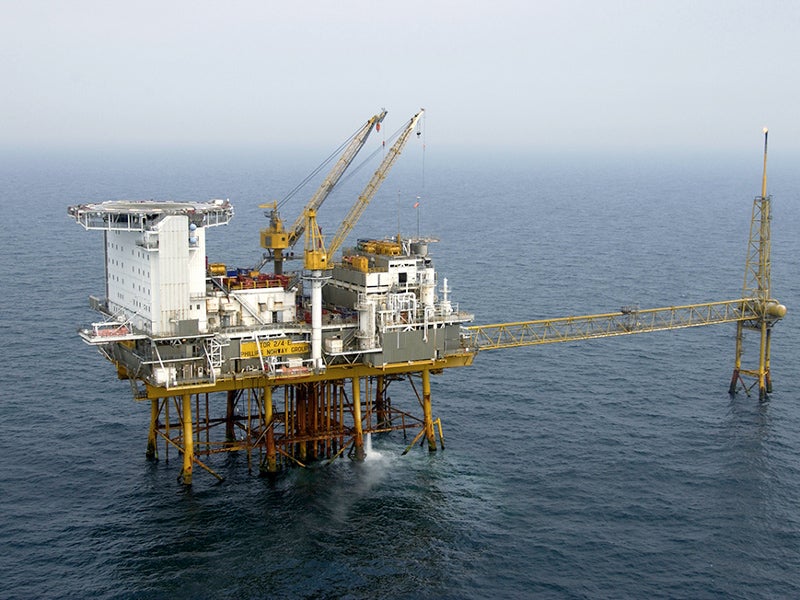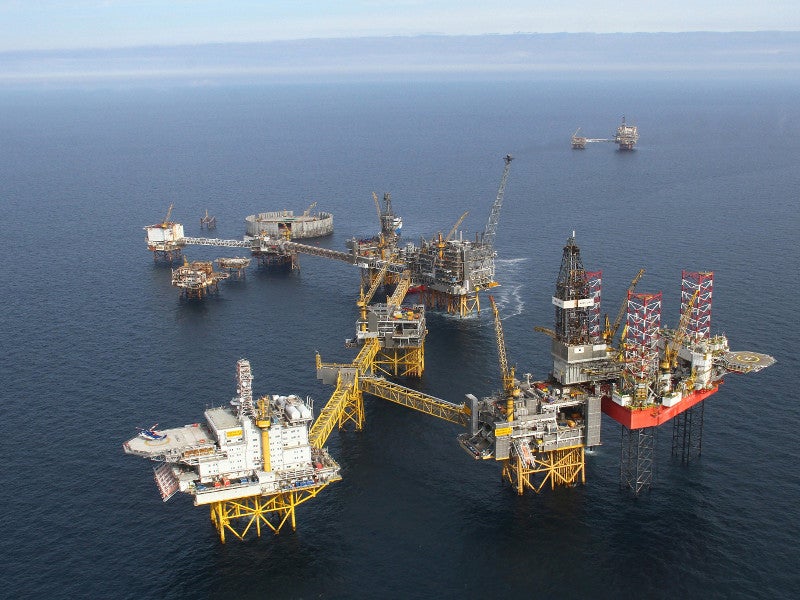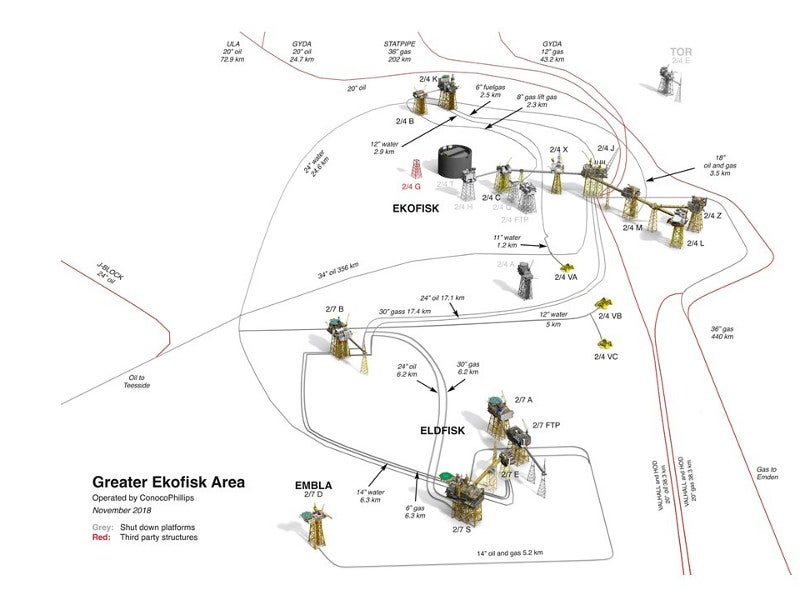The Tor II oil and gas project encompasses the re-development of the Tor field, which is located in 80m-deep waters in the Greater Ekofisk Area of the Norwegian North Sea.
The field is jointly owned by Total E&P Norge (48.20%), ConocoPhillips Skandinavia (30.66%, operator), Var Energi (10.82%), Equinor Energy (6.64%) and Petoro (3.69%).
Redevelopment is estimated to require an investment between NOK6bn ($600m) and NOK6.5bn ($800m). First oil from the project is expected by the end of 2020.
The plan for development and operation (PDO) of the Tor II project was submitted to the Norwegian Ministry of Petroleum and Energy in July 2019. The potential resource capacity of the project is estimated to be up to 70 million barrels of oil equivalent (Mboe).
Tor II oil and gas project development details
The Tor II project will be developed utilising existing processing and transportation facilities in the Greater Ekofisk Area.
Greenfield facilities to be developed under the Tor II project will be located approximately 1km west of the old Tor platform.
The new subsea production system for the Tor II development will comprise eight production wells in a 2/4 slot. The production system will be connected to the existing risers of the Ekofisk 2/4 M wellhead platform at the Ekofisk complex via multiple productions and lift gas pipelines.
Tor field discovery and development details
Discovered in 1970, the Tor field comprises reservoirs from the late Cretaceous era in the Tor region and from the early Paleocene era in the Ekofisk region, approximately 3,200m beneath the seabed.
The plan for development and operation (PDO) of the field was approved in 1973. The field was developed as a tie-back to the Ekofisk field, the first producing offshore field of Norway, located 13km away from Tor.
Development comprised a manned production platform (Tor 2/4 E) with a combined wellhead and processing facility. The living quarter’s module on the platform provided accommodation for 92 people.
First oil from the field was produced in 1978. The hydrocarbons from the field were transported to the processing facility located at the Ekofisk complex via pipelines and were further shipped to the receiving terminals in Teesside, UK, and Emden, Germany.
After remaining in operation for more than 37 years, the Tor field was shut down in 2015 after the expiry of the platform’s lifetime. The pre-existing infrastructure facility at the field is scheduled for decommissioning by the end of 2022.
Ekofisk complex details
Ekofisk complex, located in the Greater Ekofisk Area, is one of the largest oil and gas producing fields on the Norwegian continental shelf.
The field development was started in the early-1970s, while production was begun in 1971. The complex comprises nine platforms forming the central Ekofisk field, which is connected to other installations via bridge supports.
The last re-development in the field took place in 2013, which equipped the field with a wellhead platform 2/4 Z, an accommodation platform 2/4 L and the seabed installation 2/4 VB.
Contractors involved in Tor II oil and gas project
TechnipFMC received an integrated engineering, procurement, construction, and installation (EPCI) contract worth between $75m and $250m from ConocoPhillips for the development of the Tor II project in April 2019.
The scope of work includes delivery and installation of the subsea production system, which includes umbilical, rigid flowlines and related subsea equipment.




